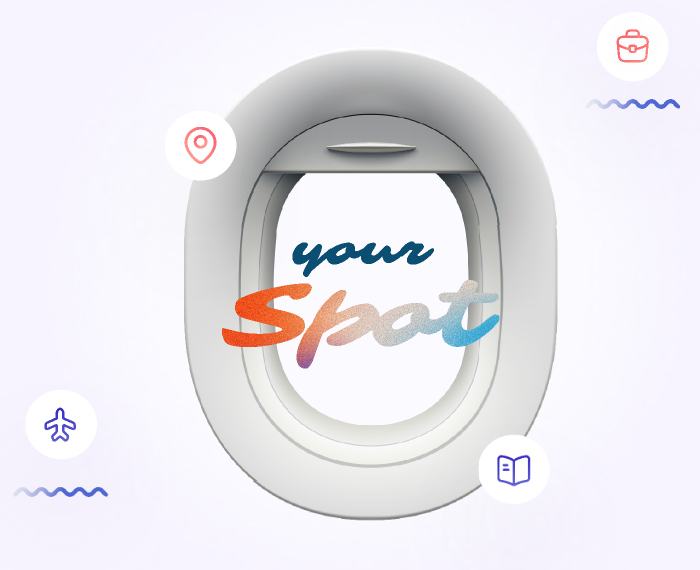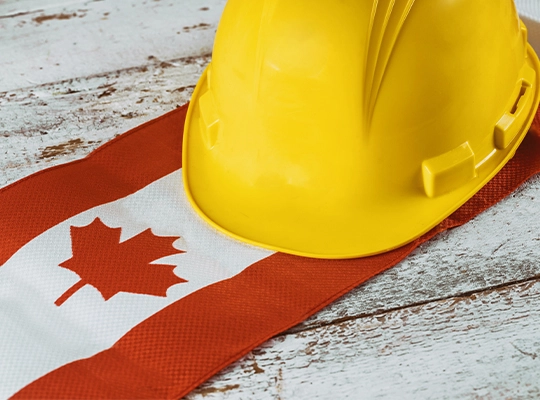

As Canada sharpens its focus on professions crucial to its economic growth, engineers find themselves in high demand nationwide. Federal and provincial immigration programs actively seek the skills of various engineering disciplines, opening numerous pathways for engineers to make Canada their new home. In the following sections, let us look into the diverse immigration opportunities awaiting engineers who aspire to contribute to Canada's vibrant workforce.
For professional engineers seeking permanent residence in Canada without the initial requirement of a work permit, two primary pathways stand out:
Express Entry is a point-based immigration system that manages the applications for Canada's three main economic immigration programs:
Express Entry has introduced category-based draws to address labour shortages more effectively. Under these categories, candidates with experience in specific professions, including engineers, are selected and invited to apply for permanent residence.
Express Entry has introduced category-based draws to address labour shortages more effectively. Under these categories, candidates with experience in specific professions, including engineers, are selected and invited to apply for permanent residence.
Notable engineering professions targeted in Express Entry draws include:
Engineers fall within the STEM category, covering occupations critical to Canada's economic growth. Category-based draws improve the likelihood of candidates being hired for specific jobs. However, meeting the basic requirements for Express Entry in these draws is crucial.
Many Canadian provinces have immigration programs that target specific occupations, including engineering. These programs, managed by each province (excluding Nunavut and Quebec, which have their programs), aim to distribute immigration benefits across the country and assist provinces in addressing their local labour. Similar to Express Entry, meeting the basic eligibility requirements for the PNP is essential to qualify for these targeted measures. It is important to check the requirements of the specific Provincial Nominee Program stream for engineers in the province you are interested in.
Immigration Refugees and Citizenship Canada (IRCC) has established various work permit options, recognizing the demand for engineers in Canada's job market. These include:
The Employment and Social Development Canada (ESDC) and IRCC manage the TFWP to help Canadian employers address labour shortages. The program issues closed work permits tied to specific employers, requiring an LMIA for hiring. Engineers stand a good chance under the TFWP, increasing their likelihood of obtaining a positive or neutral LMIA and contributing to PR eligibility. The TFWP encompasses various immigration streams, including high or low-wage options based on the current engineering job, and the Global Talent Stream (GTS) provides fast-tracked work permits for skilled professionals, including engineers.
The International Mobility Program (IMP) is a government initiative managed by IRCC. It aims to support Canada's economic, social, and cultural goals by facilitating the arrival of foreign workers. Unlike other programs, the IMP doesn't require a Labour Market Impact Assessment (LMIA) to hire foreign workers.
Engineers can benefit from the Canada-United States-Mexico Agreement (CUSMA) Professionals stream and the Intra-Company Transferees (ICT) stream. The CUSMA stream includes approximately 60 job roles, including engineering, eligible for a simplified work permit process. The ICT program is designed for engineers with at least one year of continuous employment with their international employer. Similarly, the CUSMA intra-company transferee process applies to American and Mexican companies with a presence in Canada. Engineers may qualify through the specialized knowledge category, recognizing unique and company-specific expertise.
PGWP is an excellent option for engineers in Canada. Issued after completing studies at a Designated Learning Institution, this open work permit enables them to work for most employers and industries for up to three years. The PGWP is important for Canadian-educated engineers to get jobs and improve their chances for PR in Canada, creating a smooth transition from education to a successful career.
Canada's demand for skilled engineers has opened diverse immigration paths. The Express Entry system and PNPs provide avenues for permanent residence, emphasizing specific engineering occupations. Work permit options like the TFWP and IMP also cater to labour market needs. Whether Canadian-educated or internationally experienced, engineers can also leverage the PGWP for career opportunities and eligibility for permanent residency. Canada's commitment to attracting and retaining engineering talent makes it a promising destination for professionals in the field.
Read To Know: Study and Immigrate: Begin Your Journey to Canada